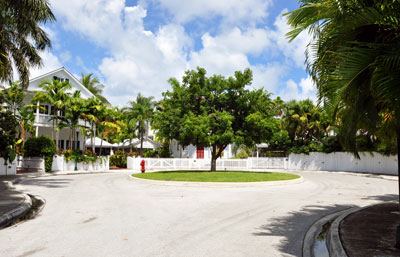Curbs and Gutters
Advantages | Types | Requirements | Design | AASHTO Standards | Joints | Drainage | Materials | Construction
 The purpose of this section is to provide a general reference for the use, design, and construction of concrete curbs and curb and gutter sections along the edges of streets, parking lots, and other pavements on grade. The advantages of using uniform designs and standard sections are highlighted.
The purpose of this section is to provide a general reference for the use, design, and construction of concrete curbs and curb and gutter sections along the edges of streets, parking lots, and other pavements on grade. The advantages of using uniform designs and standard sections are highlighted.
A curb, by definition, is something that restrains; an enclosing border or edging; a raised edge or margin; a wall; or as a verb, to strengthen or confine something. As most people think of curbs, they are raised strips of concrete along the edges of streets or parking lots. The benefits of curbs have been recognized since ancient times, and stone curbs were placed along the edges of traveled ways by early civilizations. Today's concrete curbs still provide many of the same benefits, and more.
Concrete curbs or combined curbs and gutters serve several important functions. Curbs collect water from crowned pavements and convey it to points of collection, thus reducing the amount of water that gets under the pavement. They outline the edges of pavements and provide easily definable borders between traveled and untraveled surfaces. They confine pavement structures, especially if the pavements are composed of layers of materials that must be compacted in-place. Curbs help contain low speed traffic within the edges of pavements.


